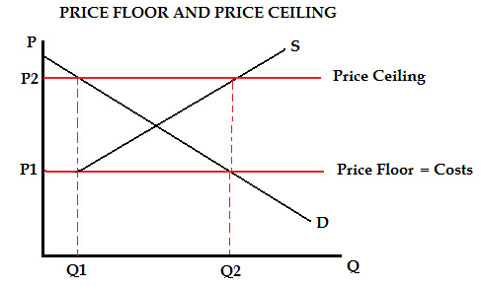Is the quantities that people are willing and
able to buy at various prices
The law of demand
There is an inverse relationship between in
price and quantity demanded
What causes a change in quantity demanded
Change in price
What causes a change in demand
Change in buyers taste ( Advertising)
Change in number of buyers ( Population)
Change in income
Normal goods- goods that buyers by more of when
income rises
Inferior goods- goods that buyers by less of
when income rises
Change in price of related goods
Substitute goods- goods that serve roughly the
same purpose to buyers
Complimentary goods- goods that are often
consumed together
Change in expectations
·
Supply
Is the quantities that producers and sellers are
willing and able to produce/sell at various points
The law of supply
There is a direct relationship between price and
supply
What causes a change in quantity supplied
Change in price
What causes a change in supply?
Change in weather
Change in technology
Change in cost of production
Change in number of sellers
Change in taxes or subsidies
Change in expectations
